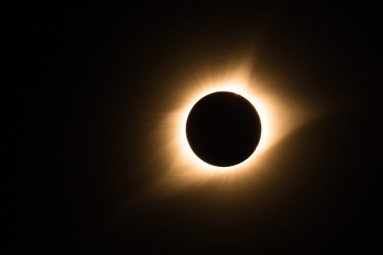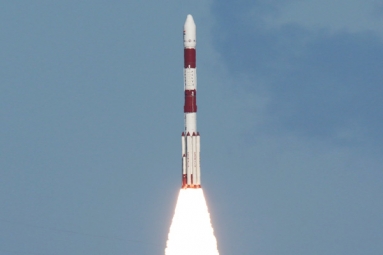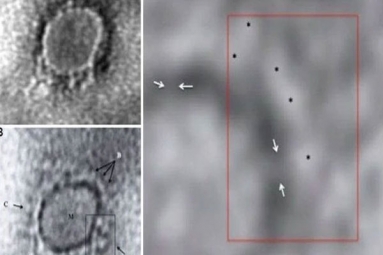
(Image source from: Marine Corps Times)
Scientists, including one the Indian-origin has developed an algorithm that can assist locate robots and humans in the areas where GPS (Global Positioning System) is unavailable.
According to scientists at the United States Army Research Laboratory, they need to be able to localize agents operating in physically complex, unknown and infrastructure-poor environments.
"This capability is critical to help find dismounted Soldiers and for humans and robotic agents to team together effectively," said Gunjan Verma, a researcher at ARL.
"In most civilian applications, solutions such as GPS work well for this task, and help us, for example, navigate to a destination via our car," said Verma.
However, such solutions are not appropriate for the military environment.
"For example, an adversary may destroy the infrastructure (eg satellites) needed for GPS; alternatively, complex environments (eg inside a building) are hard for the GPS signal to penetrate," said Fikadu Dagefu from ARL.
"This is because complex and cluttered environments impede the straight-line propagation of wireless signals," he said.
Dagefu said that obstacles inside the building, especially when their size is much larger than the wavelength of the wireless signal, weaken the power of the signal and re-direct its flow, making a wireless signal very unreliable for communicating information about the location.
According to the researchers, typical approaches to localization, which use a wireless signal's power or delay, work well in outdoor scenes with minimal obstacles; however, they perform poorly in obstacle-rich scenes.
Scientists developed a novel technique for determining the Direction of Arrival (DoA) of a radio frequency signal source, which is a key enabler of localization.
The basic idea is that the gradient of the spatially sampled received signal strength, or RSS, carries information over the source direction.
-Sowmya Sangam


















